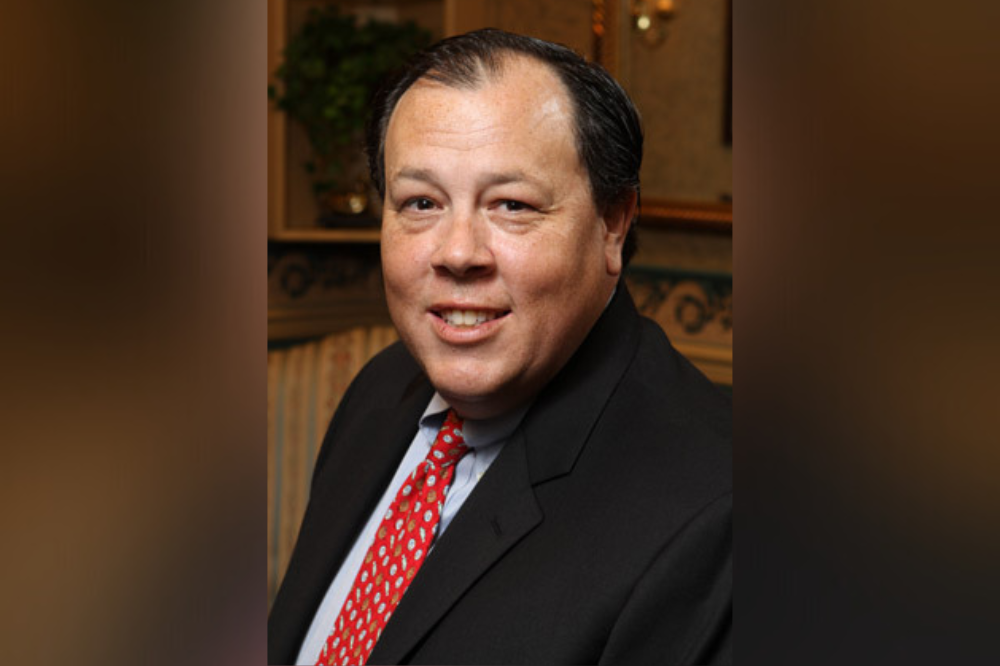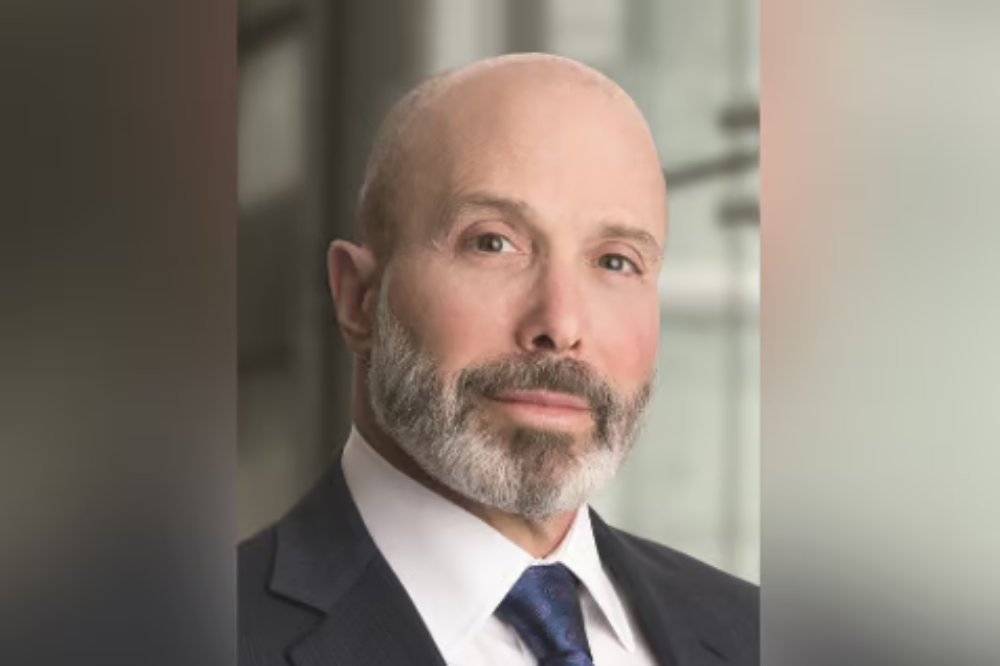“You are always going to have people that are allergic to your products. Very rare allergies are usually one-offs, but if there’s something in the formula that’s causing [injury], product liability claims can run very large,” the insurance executive told Insurance Business.
How is social inflation impacting claims in the cosmetics industry?
One of the most significant product liability cases to stem from the cosmetics industry in the past few years is the Johnson & Johnson talc powder scandal.
A group of women alleged that talc from the pharmaceutical giant’s signature baby powder caused them to develop ovarian cancer. In 2018, a jury awarded $550 million in compensation to victims and added more than $4 billion in punitive damages.
These types of events have emboldened plaintiff attorneys to act against cosmetics companies. “The plaintiff firms have become more aggressive in attempting to bring class action suits when they see that a certain product causes injury,” Brownyard said.
The complaints don’t always get certified as a true class action because the injuries tend to be slightly different from each other, according to Brownyard. But plaintiff attorneys still threaten class action against the manufacturer, and this is often enough to scare manufacturers or their insurance companies into offering large settlements.
“I have a feeling that [the Johnson & Johnson case] put a little blood in the water when it comes to the plaintiffs’ bar. It perked their interest, and they started looking closer into the cosmetics industry,” said Brownyard.
“Settlements and claims costs are going through the roof. The risk of big lawsuits, without proper coverage, could really hurt a cosmetic manufacturer.”
How can brokers help clients manage risks in the cosmetics industry?
Brownyard is responsible for the MGA’s “Foundation” program, which includes demonstrators’ liability in addition to more traditional coverages.
“When these companies go to trade shows, employees and staff apply makeup and do all sorts of minor procedures [on customers], which is no longer covered under general liability. It’s a professional liability because they’re performing a professional service on people, whether they’re demonstrating it for free or charge for a makeover,” Brownyard said.
In October 2022, the MGA’s “Foundation” program was expanded through a partnership with a new carrier, Hudson Insurance Group.
Apart from acquiring adequate coverage for cosmetic companies’ needs, brokers can also encourage clients to take risk control measures to prevent product liability. Discontinuing products with harmful or risky ingredients such as talc, parabens, or lead, and batch-coding products are key steps for these firms to take.
“Most cosmetics use safe silica, and we want to ensure that manufacturers are not using the dangerous type of silica in their products,” Brownyard said. Silica frequently turns up in mineral makeup as a substitute for talc, but crystalline silica can lead to serious sometimes fatal diseases.
Unless they are making children’s products, cosmetics companies aren’t required to batch code their products, but it can be an effective strategy for mitigating loss.
“Recalls waste a lot of products and it’s expensive to get products off the shelves,” Brownyard said. “If a product line has been tampered or compromised in any way, if you have that batch code, you don’t have to recall every single product you’ve put out for the past two months. It could turn a $1 million loss into a $50,000 loss.”
Have any thoughts about risks in the cosmetics industry? Tell us in the comments section below.
#Social #inflation #burns #cosmetics #companies






